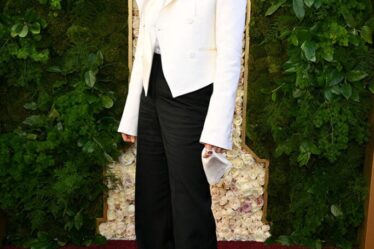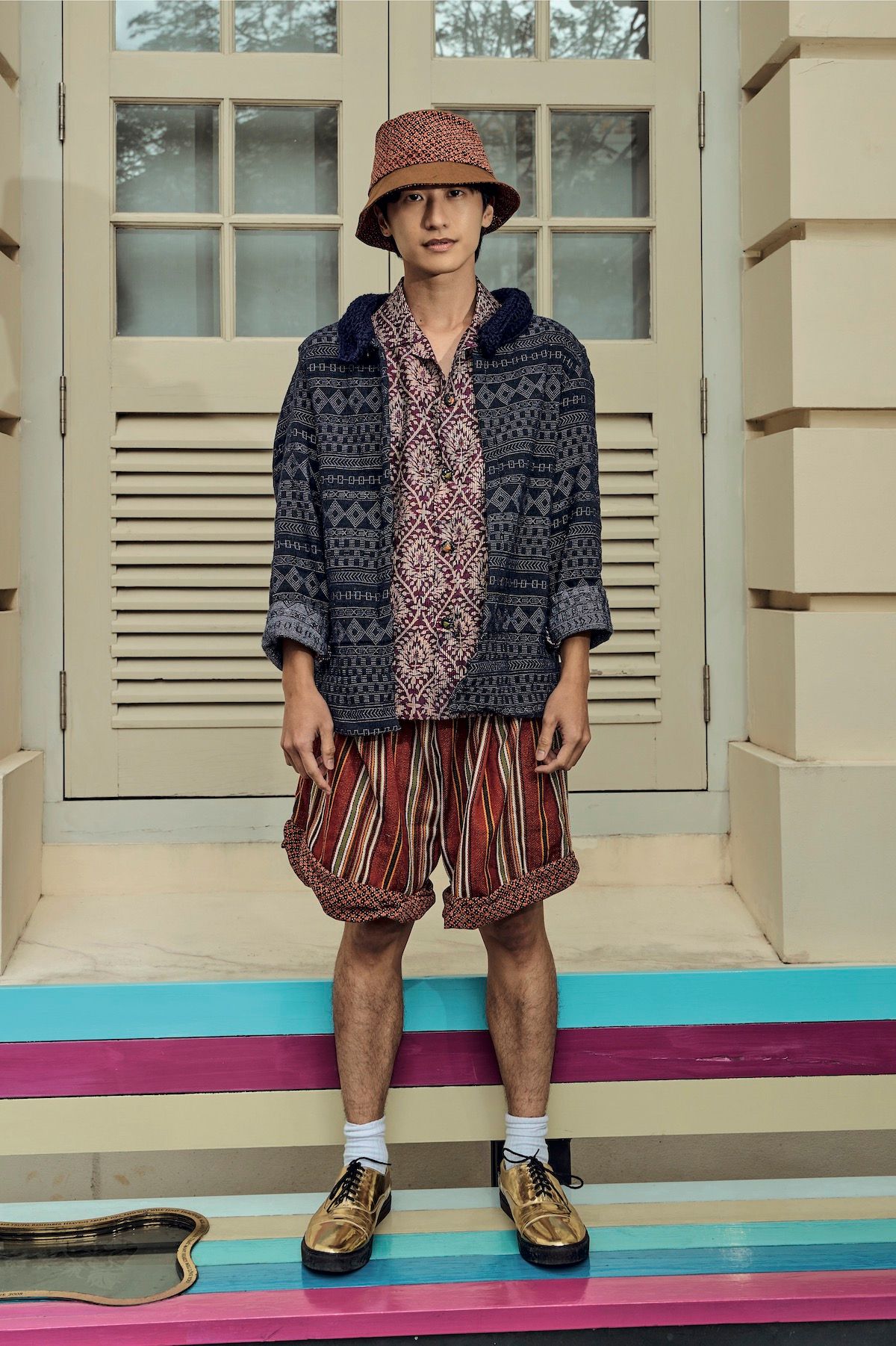
Batik is making a comeback as designers adopt the age-old fabric-making technique in creative ways and consumers embrace slow fashion in favour of sustainability.
Textiles don’t just serve a functional purpose – they often are heritage crafts that capture the unique art and history of different cultures. Batik is one such example that is identifiable immediately, whether for people in Southeast Asia, where it is commonly seen and worn, or even those in other parts of the globe. Just think of the Singapore Girl and her iconic batik sarong kebaya uniform. The floral-motif fabric it is made out of has become synonymous with Singapore Airlines, and is perhaps the most recognisable form of modern batik across the world.
Its contemporary commercial applications aside, batik actually has a history that goes far back in time. According to Unesco, it is thought to be over 1,000 years old, with historical evidence indicating its use in parts of Africa, Asia and the Middle East. The truth, however, is that no one can pinpoint exactly where and when it originated from. But the form of batik that we are familiar with today is an Indonesian, or more accurately, Javanese creation that is at least 300 years old.
Indonesian batik was added to Unesco’s Intangible Cultural Heritage of Humanity list in 2009, and is officially recognised as a historical fabric. The traditional way of making it is highly labour-intensive and utilises a wax-resist fabric dyeing technique: Before the fabric is dyed, patterns are “drawn” onto it by hand with molten wax, using a tool known as a canting, or manually stamped on with handcrafted pattern blocks.
The dye doesn’t absorb into the areas that have wax on them, which explains how designs and motifs are then transposed to the fabric. The same process can be repeated multiple times depending on how complicated or intricate the final design is.

Rekindling The Love
At Batik Kita: Dressing in Port Cities, an ongoing exhibition until Oct 2 at the Asian Civilisations Museum, this age-old form of textile art is spotlighted via the showcase of some 100 batik masterpieces. Besides historical pieces that highlight the evolution of batik artistry and techniques, the show also includes contemporary creations that demonstrate how the art form still has a place in modern fashion.
The exhibition’s curator, Lee Chor Lin, is seeking to “rekindle our relationships here with batik – from when it was the common dress of the multi-ethnic and syncretic societies in port cities, to the sartorial decision of singling out batik for work clothes by our grandparents and parents –depending on how old one is, and the new re-encounters we have with batik”.
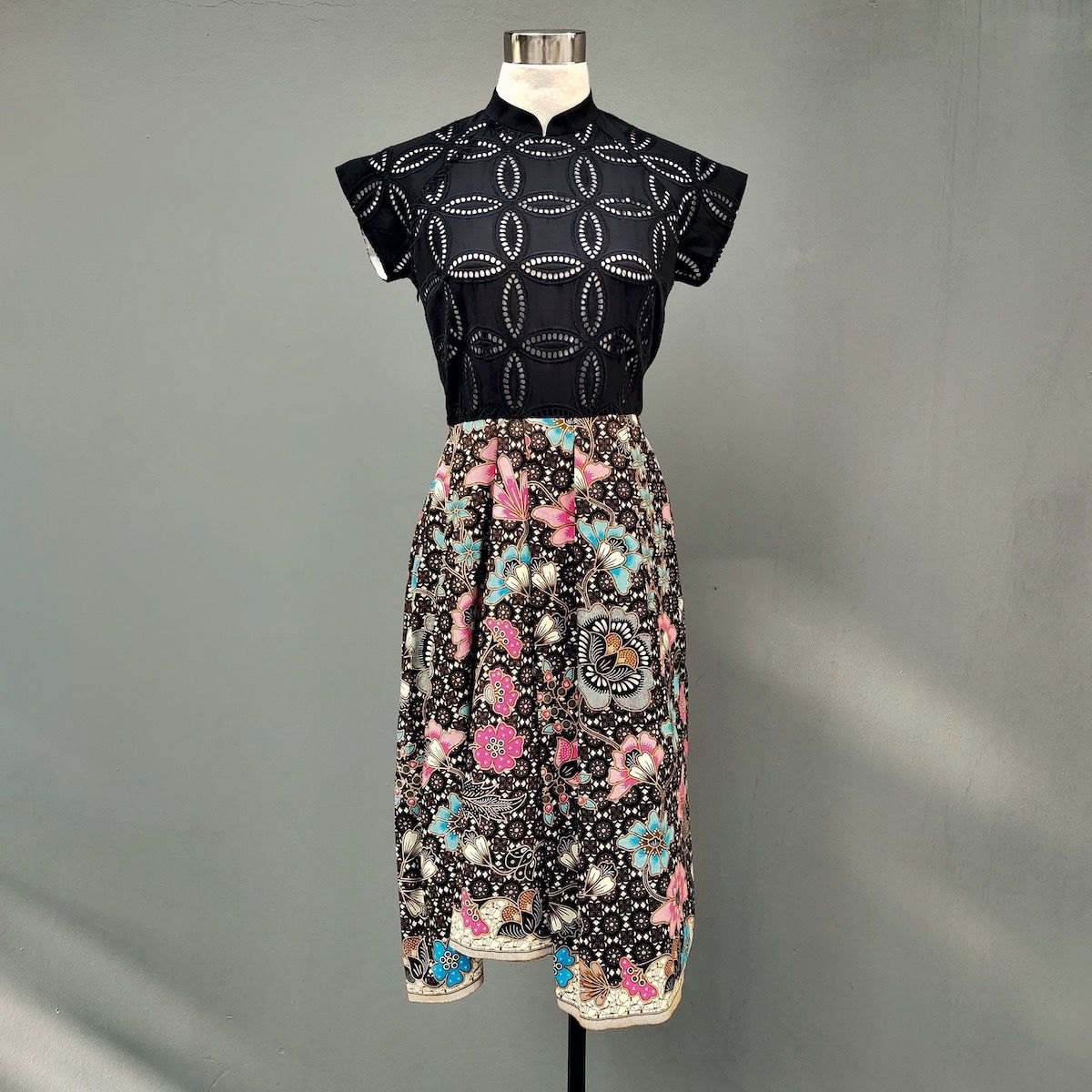
She elaborates, “While batik was traditionally made for the royal courts of Java during the 17th century, it grew in popularity among other ethnic groups living in all major port cities and coastal towns. Batik itself has charted the evolution of new identities in the newly formed nations of Indonesia, Malaysia and Singapore. Even in fashion, it has become a way to bring together counterparts from the region, whether it’s in business, politics or leisure.”
At Batik Kita, one can also catch a rare sight of the batik shirts worn by Singapore’s prime ministers – past and present – to official events.
Traditional batik may have been at the height of fashion in the olden days, but as textile-printing technologies became more sophisticated and fashion trends changed, it naturally faded in popularity, though thankfully not into obscurity. With the help of government promotion and funding, as well as the boost in interest from the Unesco listing subsequently, the craft remains alive in places like Java, even though it was not easy to get the younger generations to consider adopting the art for a living.
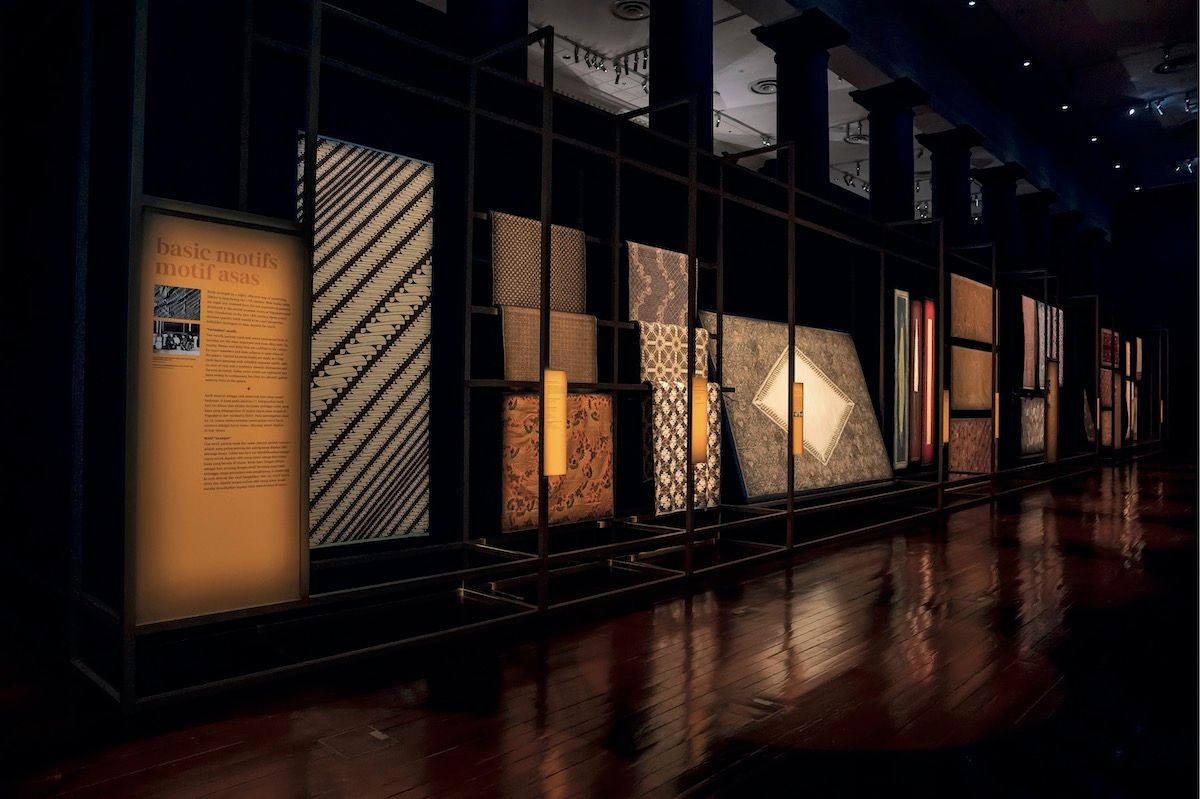
Fast-forward to current times and interestingly, things are looking very different for batik craft in Southeast Asia. Perhaps it’s due to the arrival of social media, or a resurgence of the interest in traditional handcrafts (ironically brought on by an increasingly digital modern lifestyle), the art is riding a fresh wave of popularity as designers find new ways to apply the fabric-making technique and promote
their craft and wares.
The Singapore Wave
Local fashion designer Tan Sheau Yun – also the founder of Tong Tong Friendship Store, known for its Chinese-inspired fashion – is among them. She was commissioned by the Asian Civilisations Museum to produce three outfits for the Batik Kita exhibition. One particular piece among these creations – a figure-hugging cheongsam crafted out of a vibrantly coloured batik fabric depicting whimsical table settings – is the perfect example of how batik can cross cultures and be used in a surprising and creative manner. The same print is also featured in a retail collection in Tan’s store, as part of a recently launched line that is centred on batik.
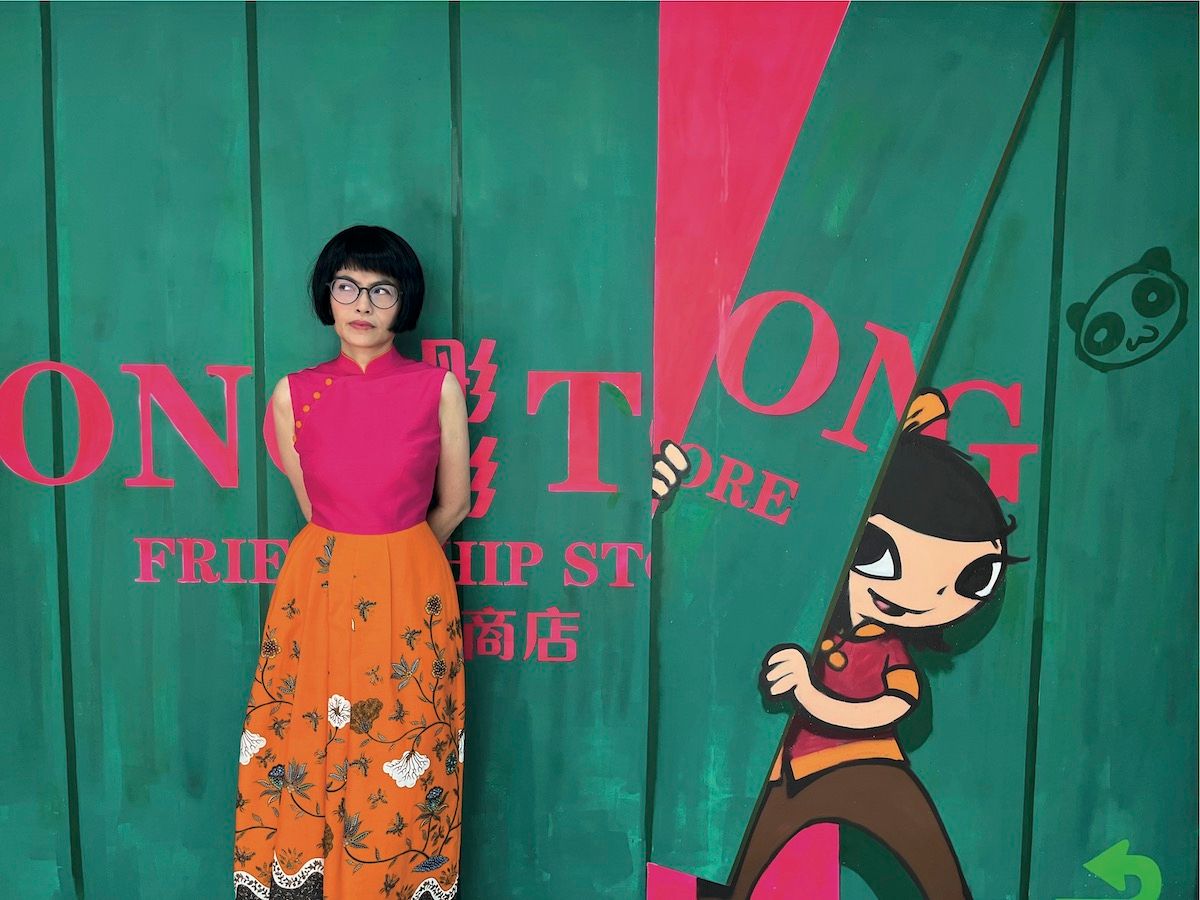
Batik has always been around in Tan’s life. “Growing up in 1970s Singapore, batik was something I saw my parents wear day-to-day. My mum would sew her own batik cheongsams that she wore to work, and my dad would wear batik shirts too. Then, when I volunteered as a guide at the National Museum and Asian Civilisations Museum, I had the opportunity to learn about the history, techniques and aesthetics of batik. So, it was quite natural that
I thought of creating batik cheongsams when I started Tong Tong,” she says.
She explains how she makes batik more accessible and relevant for modern times: “When I work with more traditional-looking batik (such as Javanese brown batik soga), I will pair it with something unexpected or modern, like denim, to freshen it up. Comfort and wearability are also key – nowadays, people find the batik sarong cumbersome or impractical, so I reimagined it as an easy-to-wear bubble skirt.”
Batik is also a key feature at Nost, a home-grown loungewear and homeware label that partners with artisan families and vulnerable communities to create heritage fabrics. Besides supporting traditional textile makers and their craft, the brand also focuses on sustainable materials and timeless styles that can be worn over and over again.
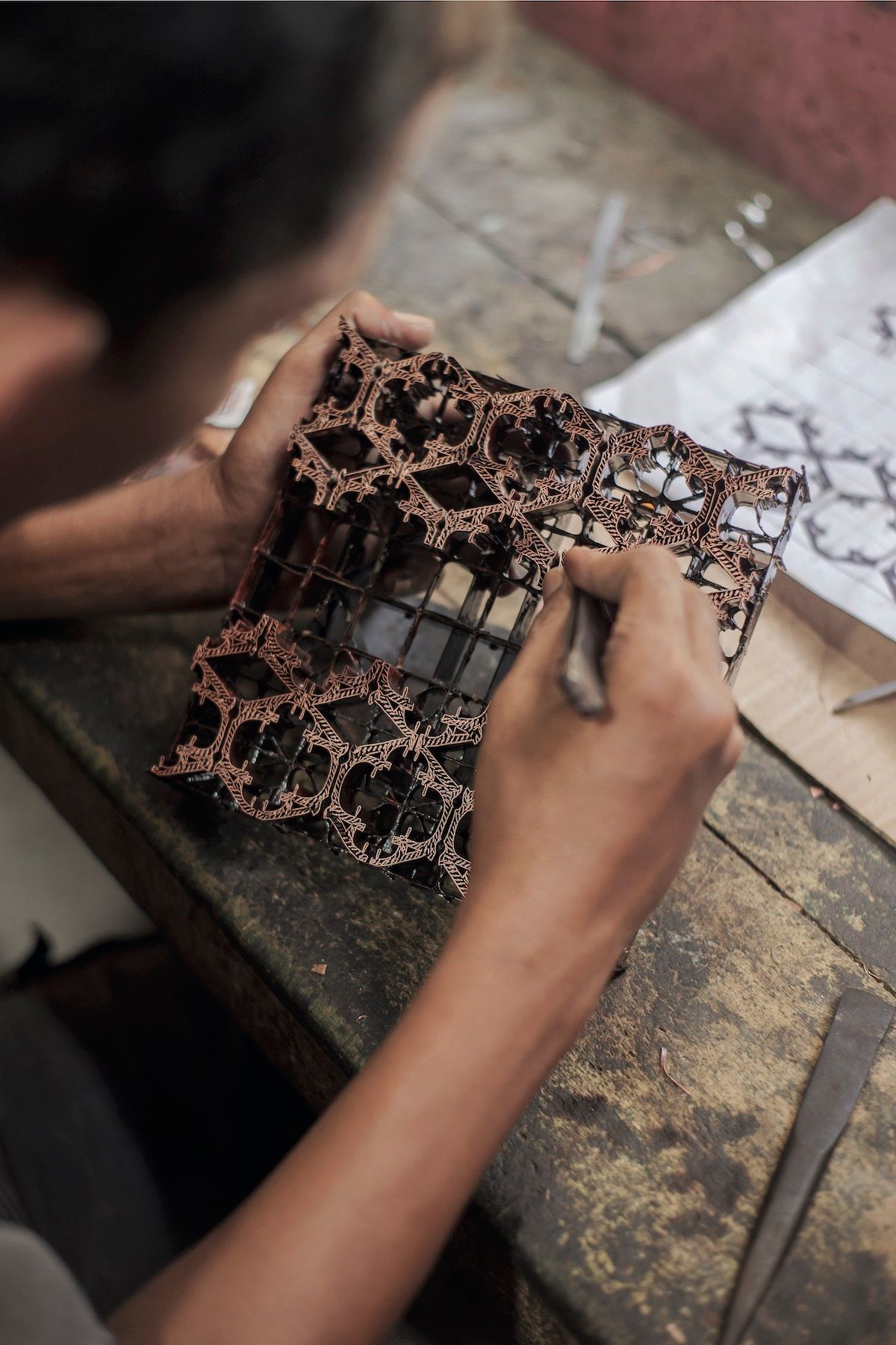
Its founder, Felicia Toh, hopes to preserve fragile heritage craftsmanship in Asia so that these textiles can continue to be crafted for generations to come. “We work with batik artisans based in Java, who take pleasure in their craft. I find the careful crafting of the batik stamps out of fine copper strips so fascinating. The artisan uses our architecture-inspired motifs as a blueprint, bending and forming the copper strips into the motifs of the batik stamp –it’s such an intricate art form,” she adds.
She laments how the production of clothing has become something distant and consumerist today. “It’s unlike how, in the past, clothing was custom-made for you by a neighbourhood tailor or your mother. That is perhaps why we consume and dispose of fashion so quickly; the preciousness behind who made our clothing and how it was made has been lost. Artisan-made clothing is often inherently sustainable – the weaving of fabrics on a loom consumes no electricity, and the dyes used by the artisans we work with are organic or free of azo (a synthetic compound).”
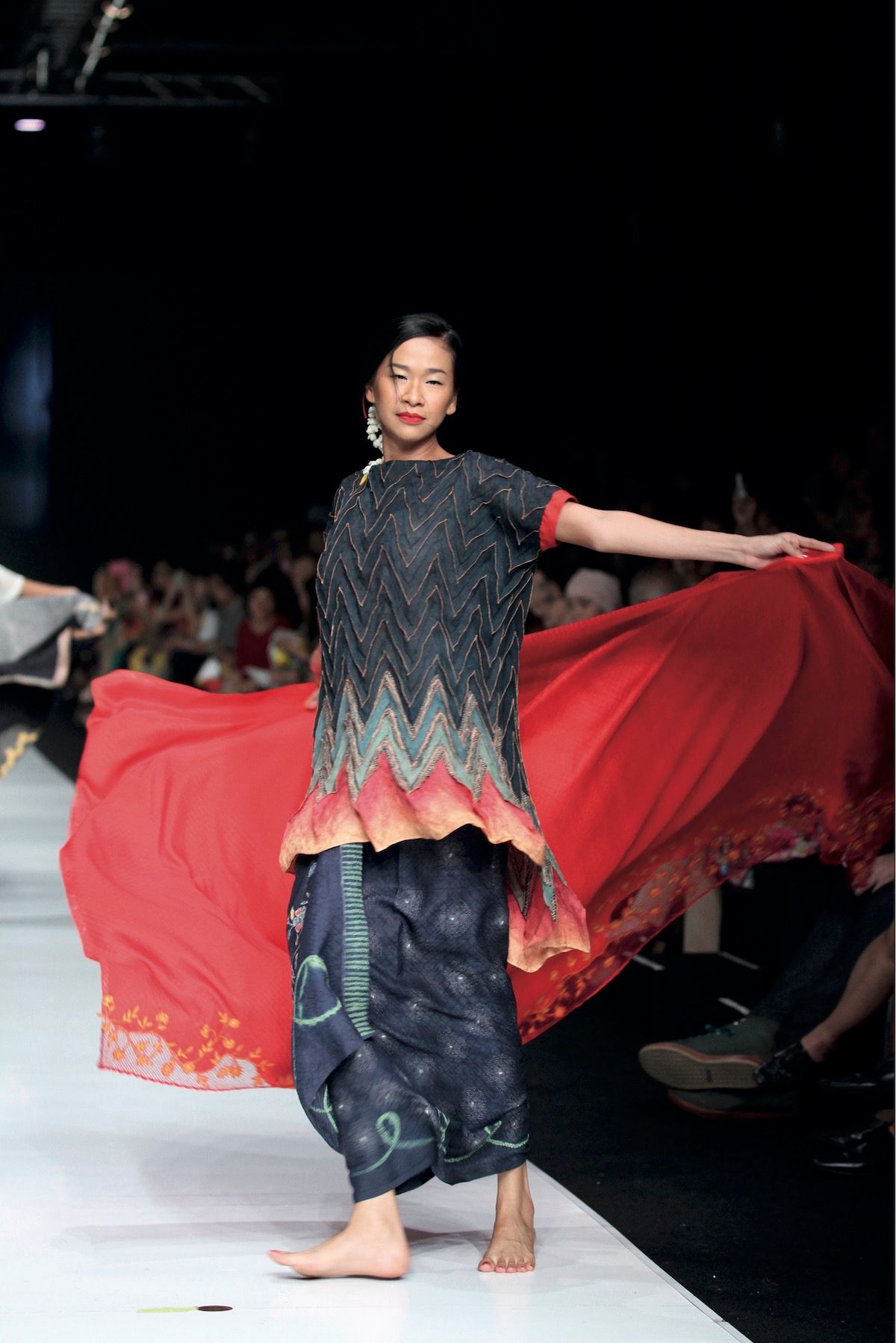
Home of Change
BINhouse Indonesian Creation, an established batik maker in Indonesia, shares the same belief. “Obviously, when batik is turned into fashion and with many available choices out there, there is a vibrant marketplace for it. Based on our experience, our clients really value how our creations are not mass-produced. In our perspective, it is about creating sustainable pieces that last. We do this with respect to tradition, while at the same time being aware of the contemporary needs of our everyday lifestyle, such as the use of cotton, which is a more breathable material ideal for tropical weather,” says its head of marketing and sales communications, Airlangga Sjah Komara.
He reveals that the batik-making process at BINhouse starts at the very beginning, often even in the selection of yarn, since the brand weaves its own fabric. “We are able to innovate at different stages of production, such as when the fabric is being dyed, and so on. Sometimes, we may use textured woven silk for a different look and feel, or perhaps clashing colours, or combining motifs that are not usually placed together. But I’d refrain from describing it as ‘modern‘ as what this means often depends on the eye of the beholder,” he explains, preferring to call such innovations fresh takes on batik. He stresses that traditional styles of batik remain important to the brand, as it also produces creations that are inspired by traditional batik colours and motifs.

In the spirit of creative exploration, BINhouse has also recently teamed up with the Nanyang Academy of Fine Arts and the Asian Civilisations Museum for Fashioning Batik, a design showcase and event in which young designers put their own touch on BINhouse fabrics and turn them into
modern menswear.
“It has been very memorable, because it allowed us to view our batik through the eyes of the younger generation. Such experiences help us understand the possibilities and potential of batik not just in Indonesia, but also in the region. I think it is an important process to go through to introduce batik, so that people are not afraid of wearing batik and understanding it,” concludes Komara, highlighting how innovation can often be that one unexpected tool that can keep a traditional art going.
(Main and featured image: Asian Civilisation Museum)
This story first appeared in the Sep 2022 issue of Prestige Singapore.


